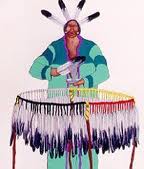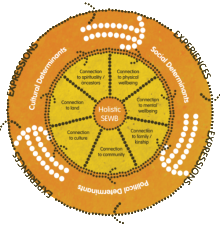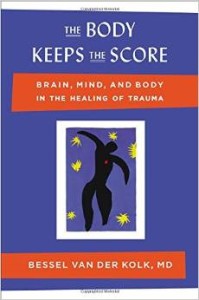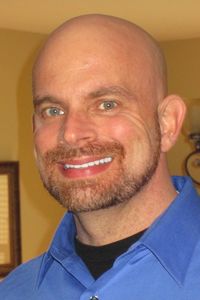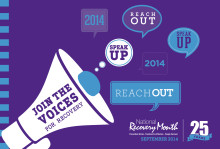“Culture has become life-giving medicine for our people, closing the wounds of the past and standing us strong to face the future.
Our Elders have been fundamental in this process. They are our wisdom keepers. They have seen the changes, so dramatically incurred in their lifetime. They are the vital bridge between the modern world and Aboriginal culture. They are the leaders of our communities, to whom we continue to rely on for guidance and counseling.

 Here’s an article on asset-based community development which I wrote some years ago. This approach can facilitate healing in a community.
Here’s an article on asset-based community development which I wrote some years ago. This approach can facilitate healing in a community.

